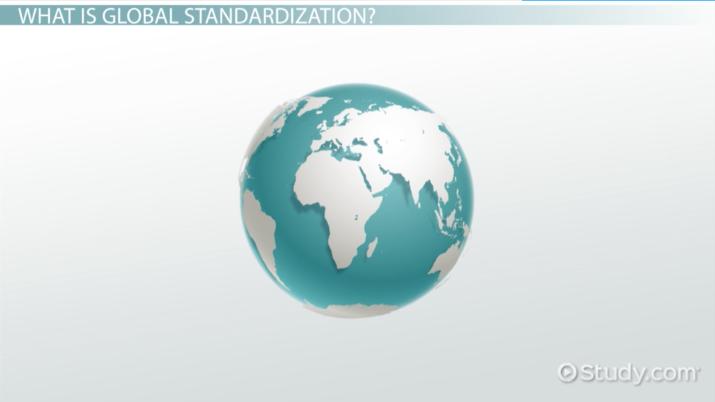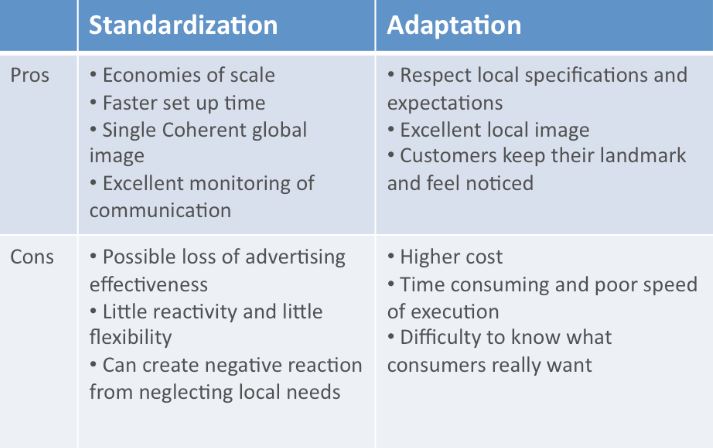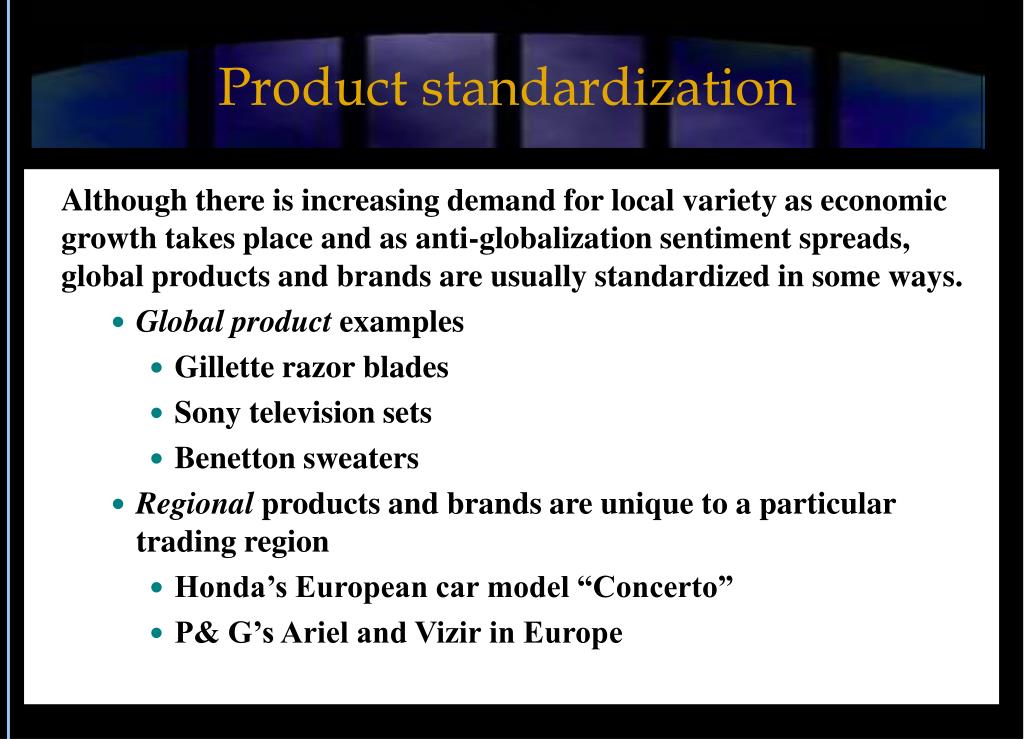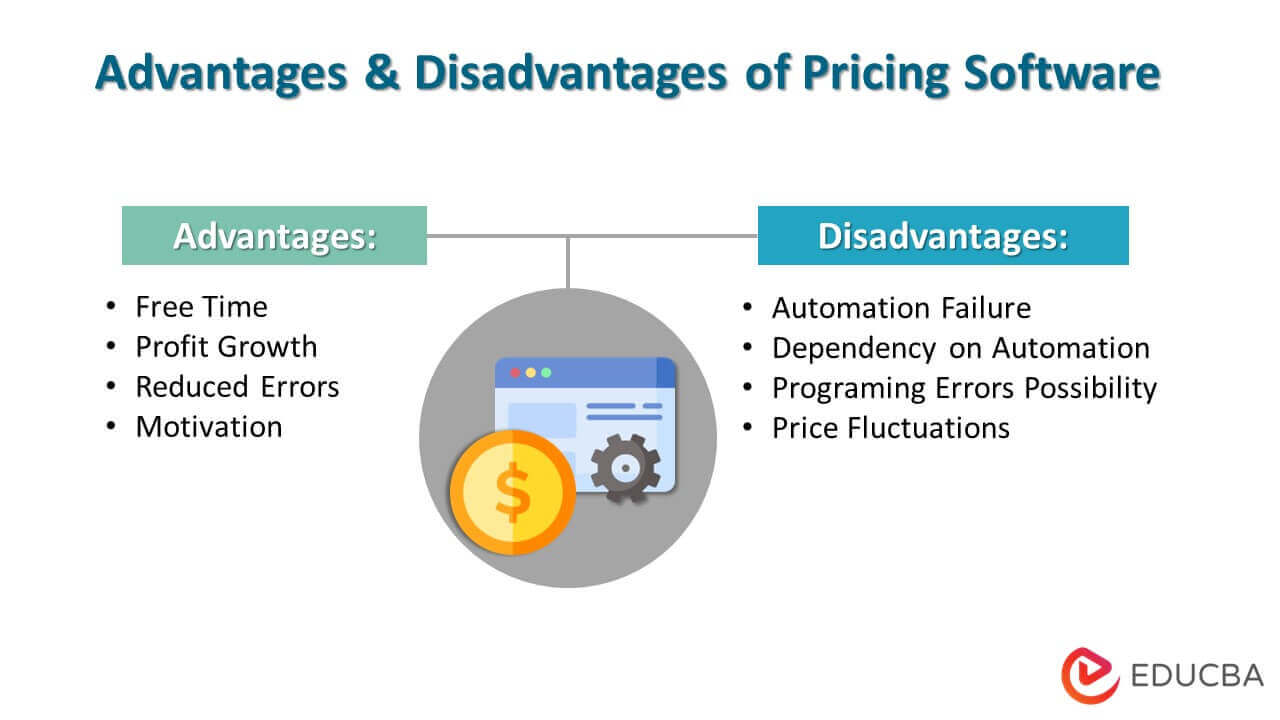Standardization is the process of developing and implementing technical standards in a product or service. It involves establishing a set of specific criteria or guidelines that a product or service must meet in order to be considered compliant with the standard. Standardization can be applied to a wide range of products and services, including consumer goods, industrial products, and technical services.
There are several advantages to product standardization. One of the main benefits is that it helps to improve the quality of the product or service. By establishing a set of standards that a product must meet, manufacturers can ensure that their products are consistent and meet a certain level of quality. This can help to build consumer confidence in the product, as consumers know that they can expect a certain level of performance from the product.
Another advantage of product standardization is that it can lead to cost savings for both manufacturers and consumers. By standardizing the production process, manufacturers can streamline their operations and reduce the cost of production. This can lead to lower prices for consumers, making the product more affordable. Additionally, standardization can also lead to economies of scale, as manufacturers can produce larger quantities of the product more efficiently.
Standardization can also facilitate trade by making it easier for products to be accepted in different markets. When products meet internationally recognized standards, they are more likely to be accepted in other countries without the need for additional testing or certification. This can help to reduce barriers to trade and increase the global market for a product.
However, there are also some potential disadvantages to product standardization. One potential drawback is that it may limit innovation and creativity. By adhering to a set of standards, manufacturers may be restricted in their ability to introduce new and innovative products or to make significant changes to existing products. This can limit the ability of manufacturers to respond to changing consumer preferences or to differentiate their products from competitors.
Additionally, product standardization can lead to a homogenization of products, as all manufacturers must conform to the same set of standards. This can lead to less variety in the market and may make it more difficult for consumers to find products that meet their specific needs or preferences.
In conclusion, product standardization has both advantages and disadvantages. While it can help to improve the quality of products and facilitate trade, it can also limit innovation and lead to a homogenization of products. It is important for manufacturers and policy makers to carefully consider the potential trade-offs of standardization in order to determine the best approach for a given product or industry.








:max_bytes(150000):strip_icc()/process-3936336_1920-4dada6a5465746e79c722c655ba7b6d9.jpg)